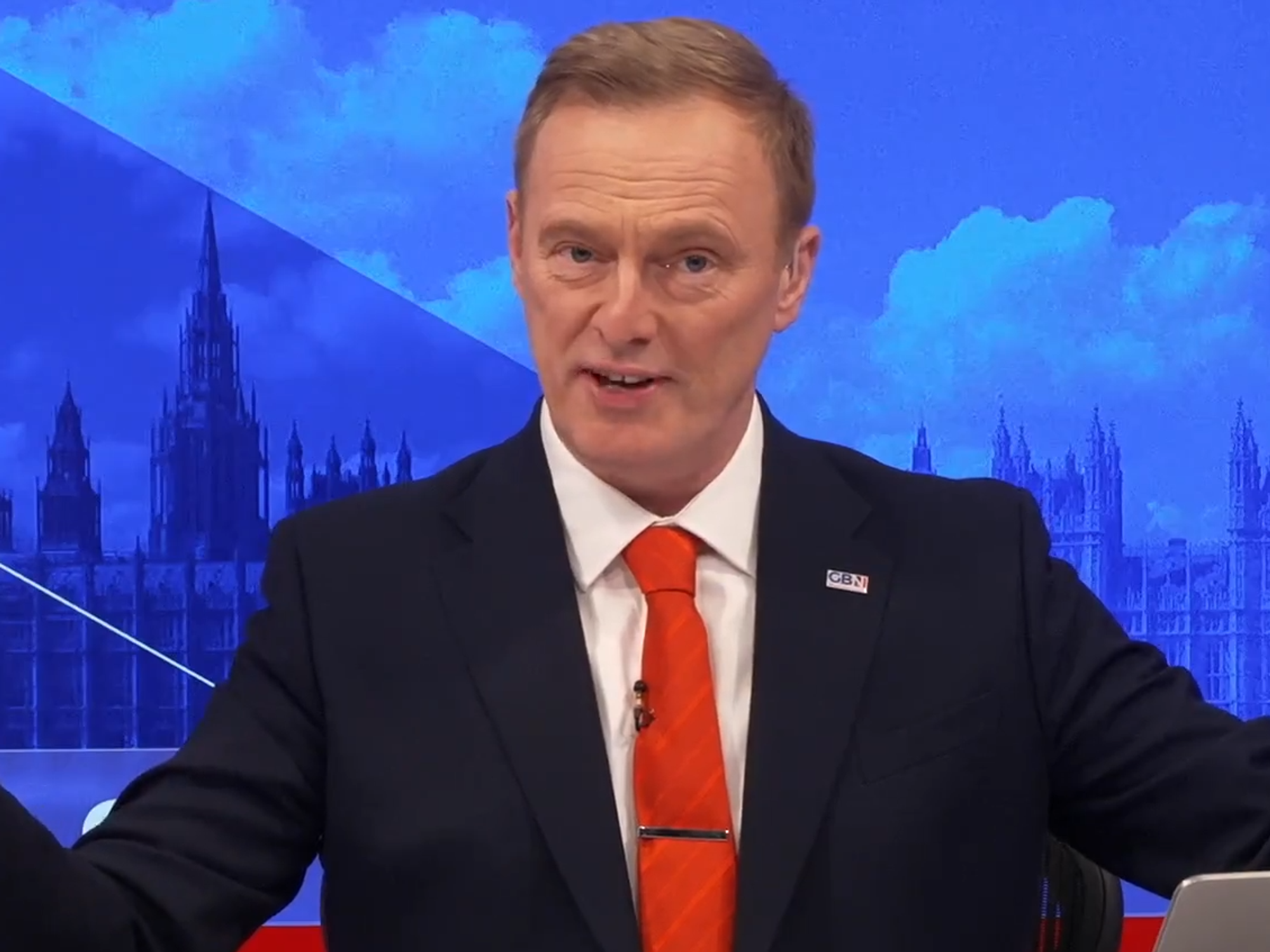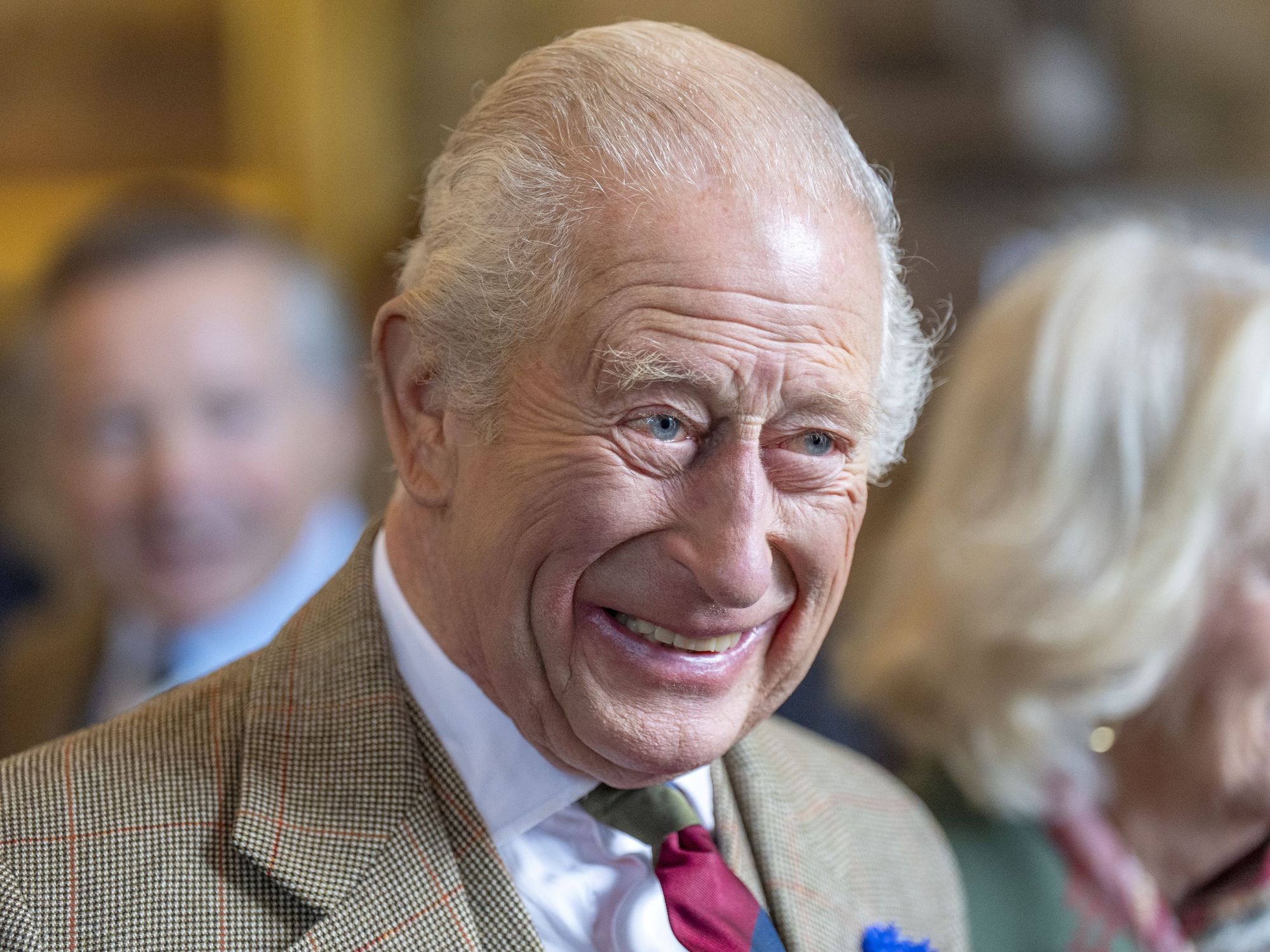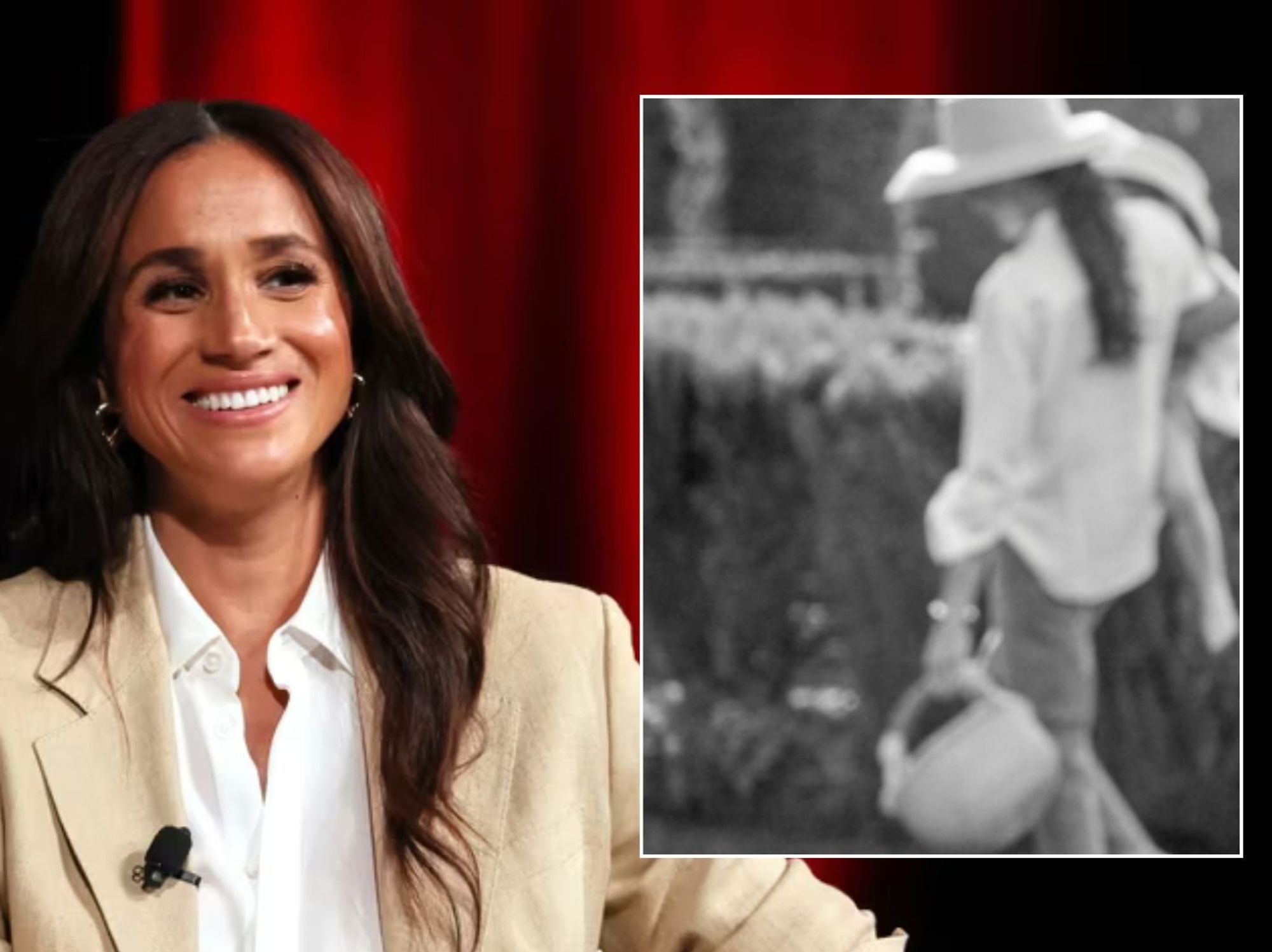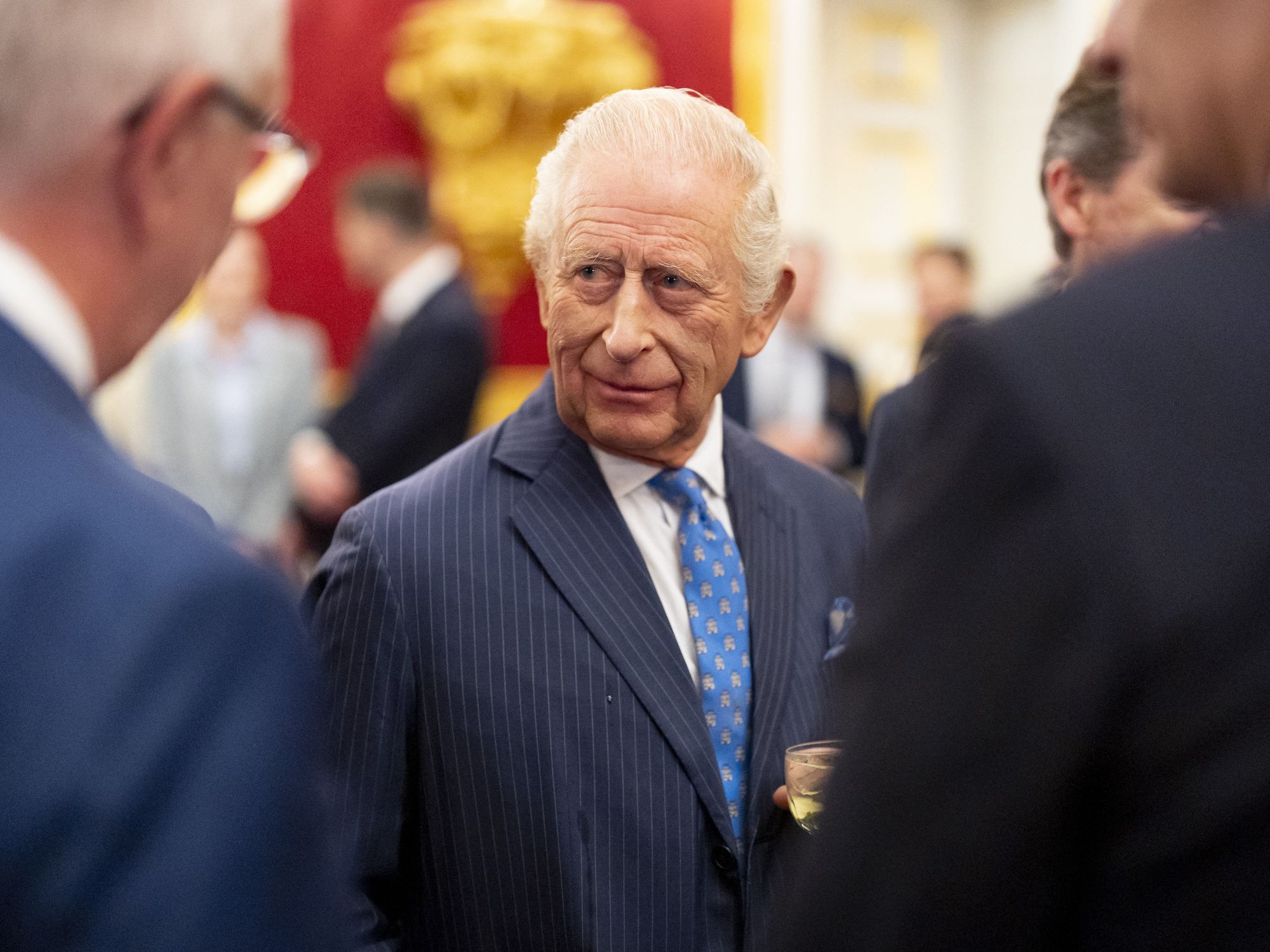Homeowners warned of ‘first thing to watch out for’ with shared ownership as Britons hit with 'hidden costs'

Shared ownership allows aspiring homeowners to part buy/part rent a property
|GETTY

Shared ownership allows aspiring homeowners to part buy/part rent a property which may have otherwise been unaffordable for them
Don't Miss
Most Read
Aspiring homeowners are urged to watch out for the “hidden costs” associated with various housing schemes with an expert warning many people go into these situations with their eyes closed.
A real estate expert explained that although the shared ownership model has enabled many to get on the property ladder, it's also important for buyers to go into it with a full understanding of additional costs.
Speaking to GB News, Jim Gray, real estate professional at Agent Advice, said that on paper, shared ownership seems like a great way to get a toehold in an increasingly unaffordable market, but in practice, it is not always this simple.
Gray warned that with shared ownership, there are often “underlying complexities to the whole scenario” and “many hidden costs”.
Shared ownership is a government-backed scheme that helps Britons, mainly first-time buyers, to get on the property ladder.
By only having to purchase a share (typically 25-75 per cent) of the total property value, deposits and mortgages can be significantly lower compared to a traditional purchase.

Britons are urged to crunch the numbers to ensure shared ownership is competitive compared to privately renting in their target area
|GETTY
However, it comes with ongoing costs beyond the mortgage that are important to consider - such as rent on the non-owned portion and service charges.
Britons are urged to crunch the numbers to ensure its competitive compared to privately renting in their target area.
Gray said: “The first thing to watch out for is the rent payment you'll be forking out every month on top of your mortgage.
“With shared ownership, you only purchase a share of the property initially - let's say 25 per cent or 50 per cent.
“For the remaining portion owned by the housing association, you're paying rent. And we're not talking peanuts here.
“On a £200,000 home where you own just 25 per cent, that rent could easily set you back £500-£750 per month.”
Service charges are another hidden cost people must be aware of, and these may be charged if the property is part of a larger development with shared amenities like gardens, hallways, or lifts that need maintenance.
Homeowners may have to part with an extra £20 to £40 per month, which is another outgoing to stay on top of, Gray said.
In terms of value, shared ownership buyers can benefit from equity growth if property prices rise, and staircase purchases over time could ultimately get one to full ownership.
However, there may be restrictions on things like sub-letting or flexibility if one’s lifestyle changes at a later date, such as they need to move away.
Staircasing also becomes increasingly expensive as costs increase the higher the share is.
However, Gray explained that with staircasing, people need to be aware that there are valuation fees and assorted costs often running into hundreds of pounds.
“You’re having to repeatedly fork out just to buy a bigger slice of a place that's already yours,” he said.
"But what I always stress to any of my clients considering this route is to go in with open eyes on all the extra unavoidable expenses, both monthly and down the line.
“On paper, that mortgage payment might look nice and affordable. But once you factor in rent, service charges, and fees to staircase or sell further down the road, that ‘affordable’ price tag doesn't look so friendly after all.”
As someone’s financial situation strengthens, they may consider moving towards full ownership via ‘staircasing’. However, they should ensure this is right for them.
Gray recalled working with a client who had bought a 40 per cent share of a charming semi-detached house through shared ownership.
Although the house was in good condition and in a good area, they soon found selling on these property schemes can be difficult.
LATEST DEVELOPMENTS:
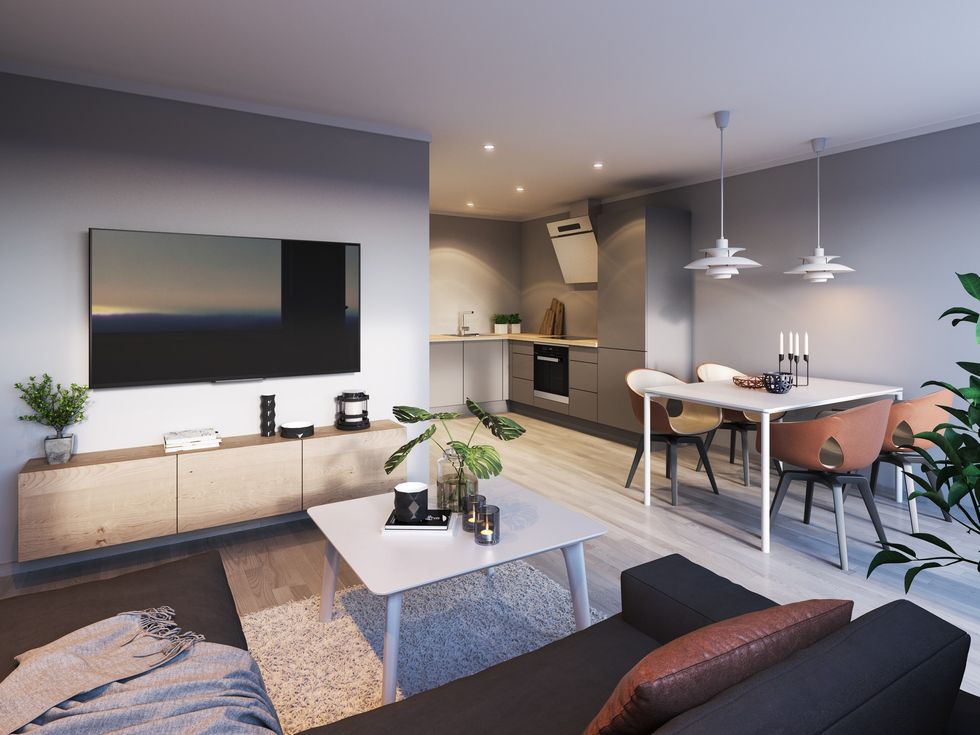
With shared ownership, people only purchase a share of the property - it could be 20 per cent or 50 per cent
|GETTY
Gray said: “I remember there was real anxiety when we realised the lease only had 72 years remaining on the term. Once that number dips much below 80 years or so, it becomes exponentially harder to find a buyer who is willing to take it on without factoring in obscene costs to extend the lease.
“We're talking tens of thousands of pounds just for the extension itself, not to mention all the valuation, legal, and other fees associated with that whole rigamarole. So just when I thought I had finally found a buyer engaged and ready to pull the trigger, their solicitor came back with a huge list of leasehold concerns that brought everything to a screeching halt.
“Suddenly, there were renegotiations over the re-apportionment of the ground rent payments between the shared owners.”
Gray concluded: “While that unique setup can provide a great pathway to homeownership for some buyers, actually facilitating those transactions as an agent requires a tremendous amount of added oversight, coordination, and sheer determination.”





